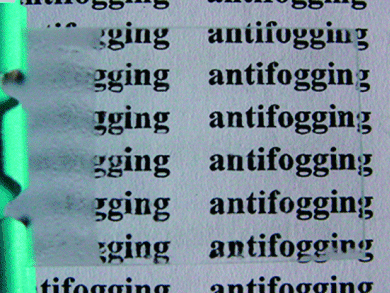Silica-based nanomaterials are used in antireflective and superhydrophilic (antifogging) coatings due to their high thermal and mechanical stability, low refractive index, and excellent adhesion to glass. Theoretically, the properties of these coatings can be tuned by tailoring their porosity and thickness, but precise control of this is a challange.
In order to produce hollow mesoporous silica nanospheres with controlled structure, diameter, and cavity size, Junhui He and Xin Du, Chinese Academy of Sciences, Beijing, synthesized silica nanoparticles by using dodecanethiol (C12–SH) and cetyltrimethylammonium bromide (CTAB) as a dual template and trimethylbenzene (TMB) as a swelling agent. By varying the ratio of CTAB and TMB and controlling the stirring rate, silica nanoparticles with varied morphologies and structures were obtained.
Some of these silica nanoparticles were used to form particulate coatings on glass through a layer-by-layer dip-coating procedure. The resulting coating increased the maximum transmittance of slide glass from 90 to 96 % and reduced the minimum reflection from 8 to 2 % at the optimized wavelength region, which could be adjusted from visible to near-IR depending on the number of deposition cycles. Additionally, the coatings demonstrated excellent superhydrophilic and antifogging properties (see below).

Image: © Wiley-VCH




